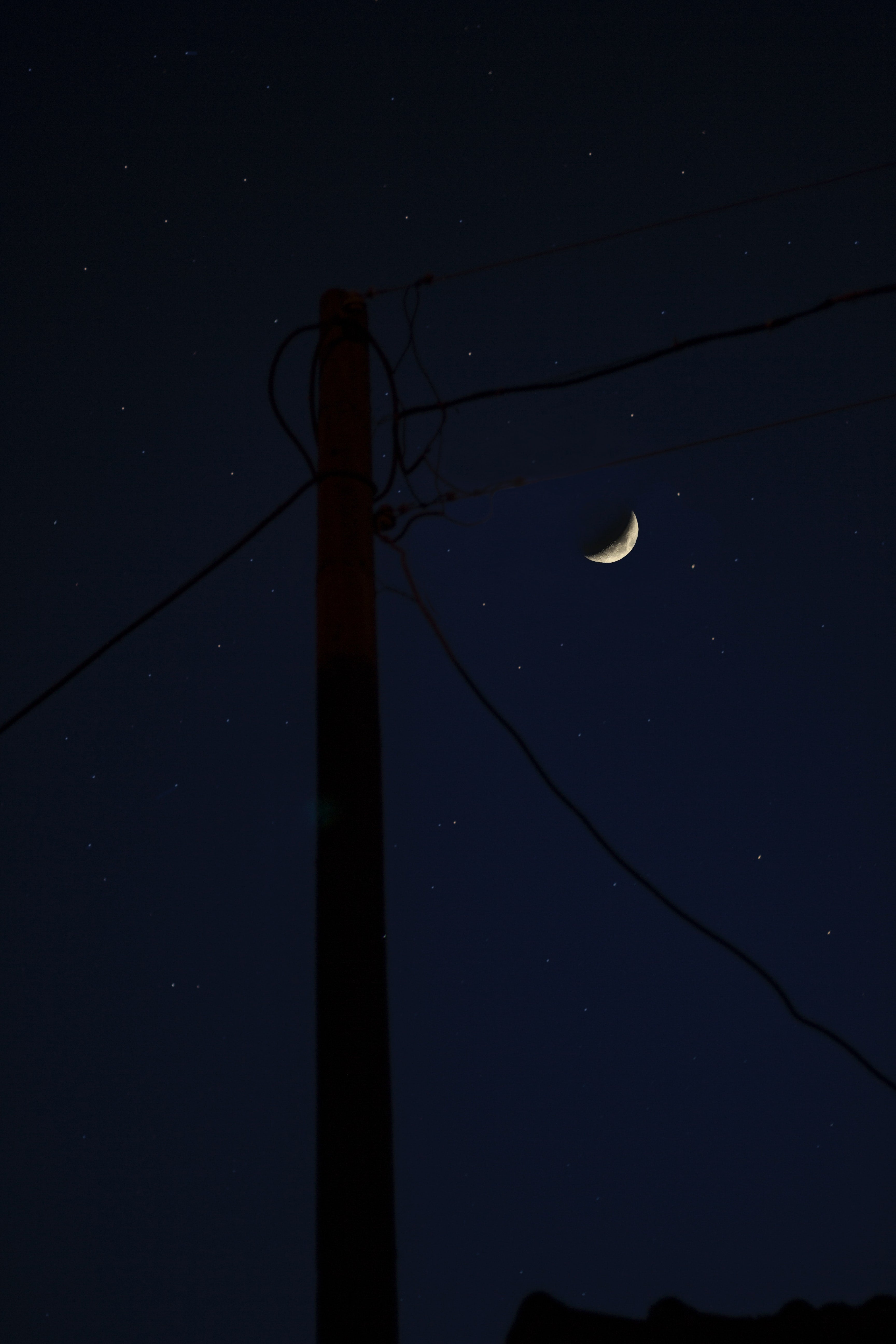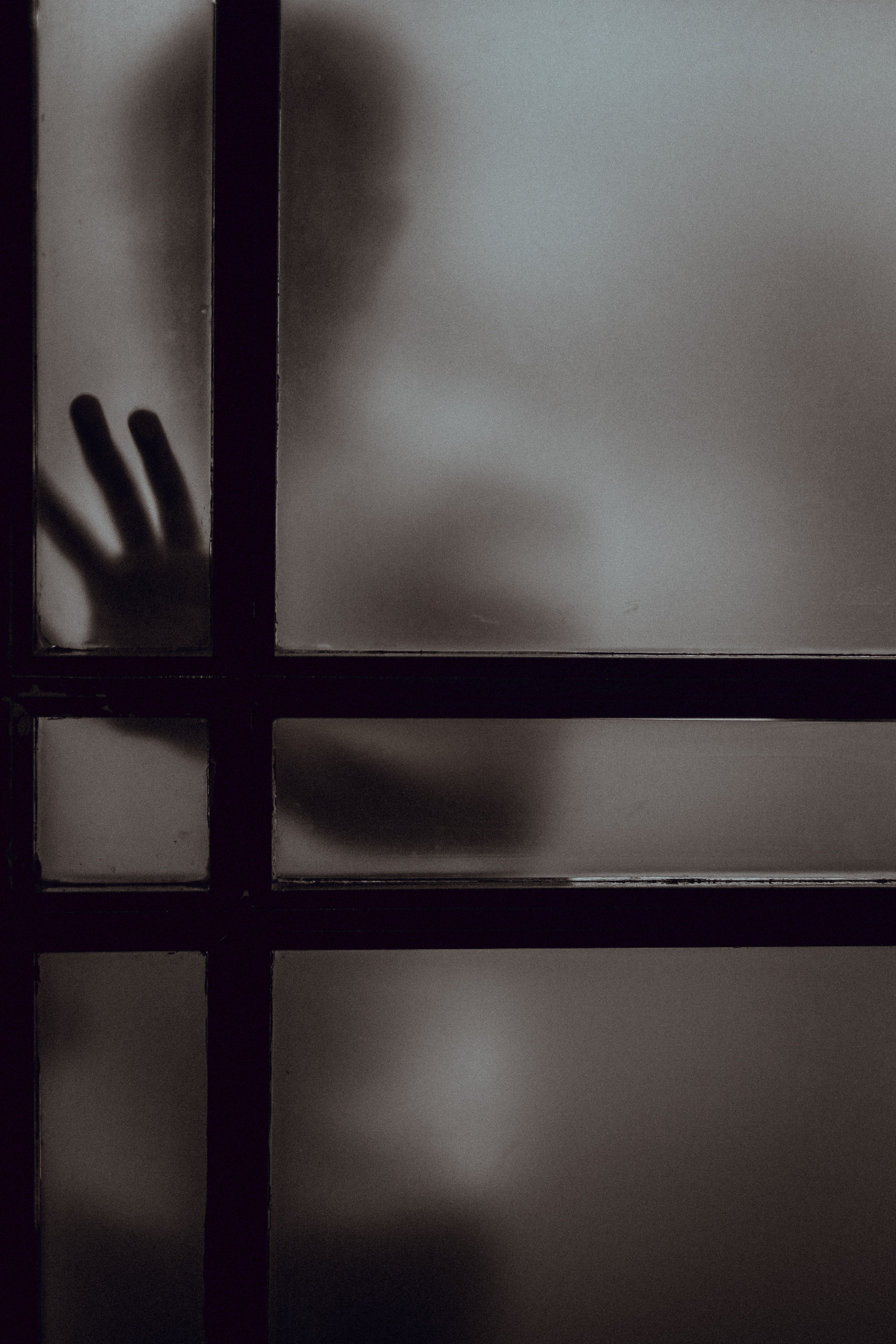What links the Hells Angels and the Village People?

How The All-American Biker Birthed A Gay Subculture.
The stereotypes of bikers are so ingrained in the culture that it’s rare to stop and think about how odd it is—on the one hand, you have the Sons Of Anarchy style outlaw biker, and on the other, the leather-capped big-mustached Village People one. How did that happen?
After World War II, a lot of men returned to civilian life changed. Having witnessed and experienced unspeakable horrors, many found it difficult to get back to the relative mundanity of the nine-to-five and pleasant weekends in America’s newly sprawling suburbs. Whether it was the adrenaline, the hardware, or the camaraderie, many found themselves drawn to the open road in the form of motorcycle clubs. As much of a casual hobby or fully-fledged lifestyle as one wished, being part of such an organization resonated with a great many men.
Hollister, CA, had always hosted an annual event for bikers, but they weren’t prepared in 1947—their first event after a hiatus during the war—for just how enormous the biker world had got. Thousands more descended on the town than anyone was ready for, leading to a few highly-publicized breakouts of violence, solidifying the idea of the biker as the modern American outlaw. One of the groups involved, the Pissed Off Bastards, then birthed the most famous motorcycle club in the world, the Hells Angels.
This idea was taken further by cinema. In 1953, Marlon Brando starred in The Wild One, loosely based on the Hollister incident, and solidified the look—leathers, sideburns, and a Muir cap (named after the company that made headwear for German officers in World War II). His iconic look immediately became a sensation, with men who had no intention of ever boarding a motorcycle trying to emulate him.
Something about it resonated particularly within the gay community. The romanticism and ultra-masculinity, the freedom and camaraderie, and the overlap with BDSM of tight fits, straps, and buckles really struck a chord, and gay leather bars began opening, becoming regional centers of gay culture. Gold Coast in Chicago, the Tool Box in San Francisco, and New York City’s Mineshaft further solidified it, turning the look from an outfit into a phenomenon known as leather culture.
There was, of course, an overlap between motorcycle clubs and leather culture. Both were celebrations of outsiderness, visible expressions of living outside societal norms. However, most biker clubs operated on a straight white men-only policy, the exceptions being the specifically gay ones like the Satyrs. The Hells Angels, interestingly, became known for greeting one another with enthusiastic kisses on the mouth, an expression of hyper-masculine heterosexuality, the idea being that they were so manly, so straight, that they could kiss each other on the lips and it wouldn’t be even a little bit gay. Kenneth Anger’s 1961 art film Scorpio Rising, featuring a gay biker orgy, enraging the Hells Angels and prompting the American Nazi Party to threaten legal action.
Meanwhile, in Europe, the artist Tom of Finland was paying close attention. After his own experiences in the war, he had begun drawing homoerotic images of soldiers, and as the biker idea spread around the world, he began integrating leather and denim. This eventually led to the creation of his character Kake, the big-mustached leatherman hero of an adult comic book. Muscular, leather-clad, and absurdly well-endowed, Kake epitomized the leatherman look in a larger-than-life manner.
In 1977, another key figure arrived after responding to an ad reading "Macho Types Wanted: Must Dance And Have A Moustache”. Glenn Hughes was the Village People’s leatherman for twenty years, his glorious horseshoe mustache becoming a key part of the look as the group became globally famous. When Hughes died in 2001, he was buried in his leatherman outfit. The novel Cruising, and its subsequent movie, also spread the idea into the mainstream, and Freddie Mercury and Judas Priest’s Rob Halford adopted elements of it into their stage personas.
It was by this point a globally known thing, a fully established cultural idea, the “leather daddy” an internationally recognizable stereotype. Folsom Street in San Francisco became arguably the global center of leather culture, with the annual Folsom Street Fair beginning in 1984, a massive celebration of all things BDSM and buckle-based.
While both leather culture and motorcycle clubs are open to more people than they once were, they ultimately grew out of a celebration of manliness and red-blooded masculinity. And, if you think about it, what’s more, manly than gay sex?





